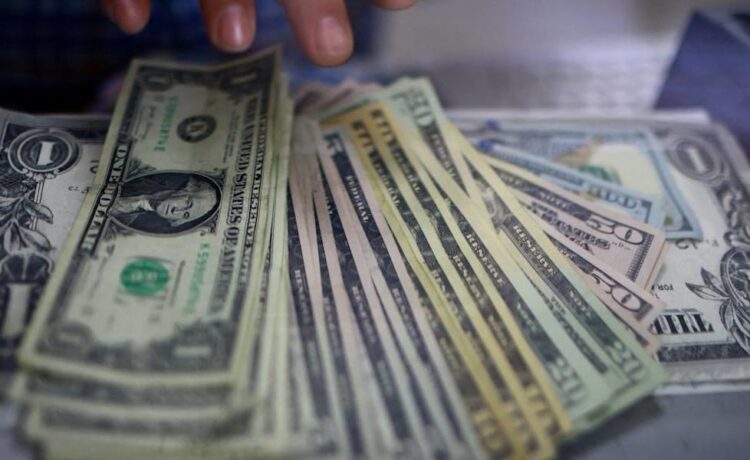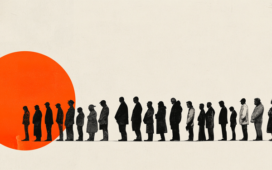While President Trump has always claimed to want a weaker dollar, the consensus among investors was that his policies would strengthen it. Turns out he was right, but perhaps in the worst way.
On Thursday, stocks tumbled in the U.S., Europe and Asia following Trump’s unveiling of a raft of punishing “Liberation Day” tariffs. What was more unexpected is that the U.S. dollar tumbled against most major currencies. The WSJ Dollar Index, an indicator based on a basket of currencies, has now lost more than 5.9% this year and is below where it was on Nov. 5, before its postelection rally.
This is making Wall Street analysts look pretty bad: Most were telling investors, even up to the very moment in which tariffs were announced Wednesday, that protectionist policies would push up the currency. The idea was that fewer purchases of overseas goods would narrow the trade deficit and mechanically reduce U.S. demand for foreign exchange. Also, U.S. growth is outpacing the eurozone’s, which has historically been dollar-positive.
Instead, speculators have swung to betting heavily against the greenback, Commodity Futures Trading Commission derivatives data shows.
The sudden unwind can’t truly be about tariffs increasing the risk of recession. The dollar usually strengthens during busts as well as booms because investors seek refuge in it—creating the famous “dollar smile.”
Why did the market get it wrong? Perhaps the greenback is at such expensive inflation-adjusted levels that it was primed to fall. Or, as some investors argue, U.S. economic aggression against allies is eroding the dollar’s “global reserve” status.
The latter would be a win for the administration. In 2024, Trump’s chief economic adviser, Stephen Miran, stressed the need to tackle the trade deficit by penalizing foreign central banks and treasurers for parking assets in the U.S. This is in line with the view that haven demand overvalues the dollar and places an “exorbitant burden” upon the American economy.
It lacks empirical support, though, since higher official foreign purchases tend to coincide with a weaker dollar. Global dollar reserves have flatlined since 2018 as the dollar rose 16%, per International Monetary Fund figures.





